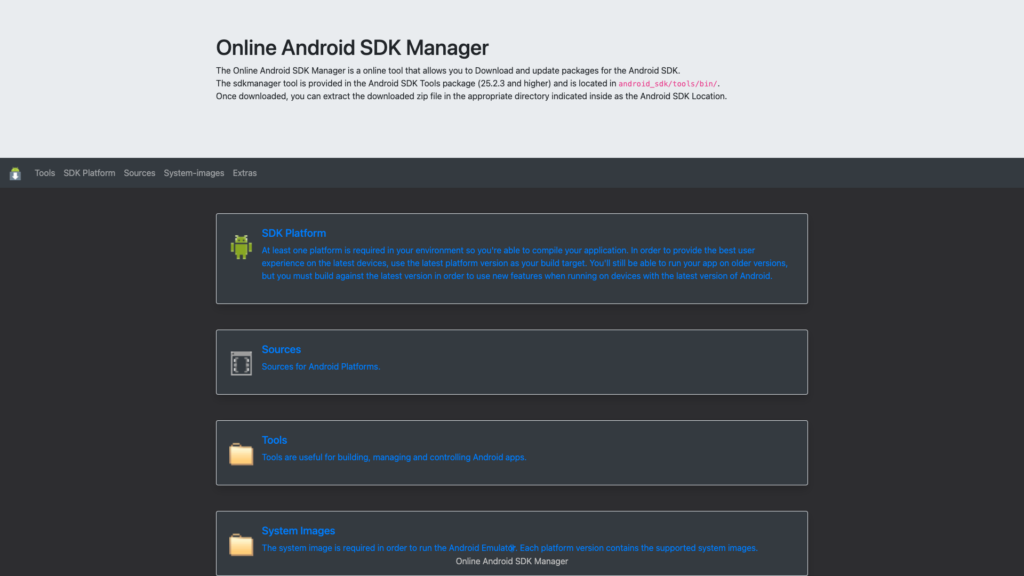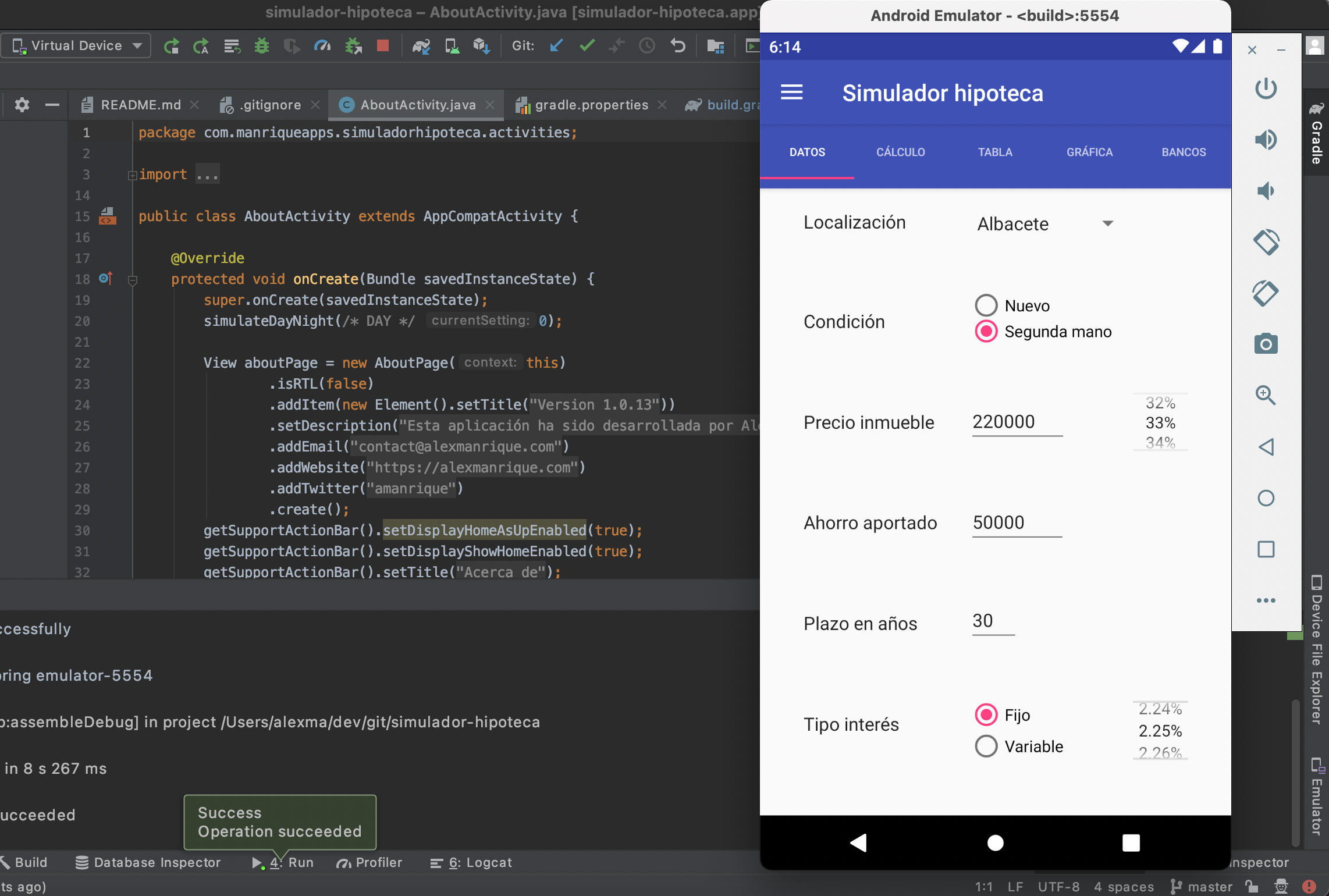- The Play Store version should already be available through Android Studio (Android R arm64 v8a Google Play). It's great that this is working via Android Studio (4.1.2) release which indeed includes Android R arm64 v8a with Google Play (Emulator version 30.3.5-7036990) - however, Chrome does not work and you can't navigate to any web pages which includes any authentication views that require.
- The Android emulator supports Mac OS X 10.6 and up (Snow Leopard, Lion, Mountain Lion, Mavericks, Yosemite) and will work for all Apple computers (.
- Thanks to M1 chip, I can run both the Android Emulator and the iOS Simulator at the same time and still it is super fluid. I really in love with the M1 mac. Best Android Emulator For Mac. ARChon is a little different than most of our best Android emulators for PC or Mac in that this one is actually a Google Chrome extension.
- M1 Mac Android Emulator Github
- Android Studio Apple M1 Emulator
- M1 Mac Android Emulator Free
- M1 Mac Android Emulator Download
- M1 Mac Android Emulator Windows 10
:max_bytes(150000):strip_icc()/photo-1549652483-7dab2e1fcd2a-88252a9469224b5196db1722c0aacf6f.jpeg)
Download an Android emulator on your Mac OS X to run Google Play apps on your computer. An Android emulator runs a virtual device on your computer; it is like having an Android phone on your Apple computer. You can now play all your favorite mobile games like Candy Crush, Clash of Clans, The Simpsons Tapped Out, and Family Guy The Quest for Stuff or run your favorite mobile apps like Snapchat, WhatsApp, and Viber on your Mac computer.
The Android emulator now works on the Apple M1 chip (Apple Silicon), but only in preview mode. This means that not all functionality is available.

The Android emulator supports Mac OS X 10.6 and up (Snow Leopard, Lion, Mountain Lion, Mavericks, Yosemite) and will work for all Apple computers (Macbook Air, Pro, iMac, Mac Mini).
Download files:
Genymotion (you will need to create an account)
1. Install Genymotion (note: you do not need to install Genymotion Shell)
2. Install VirtualBox
3. Open VirtualBox, go to File > Important Appliance…, and import the Google Play OVA
4. Exit VirtualBox, open Genymotion, and double-click on genymotion_vbox… (this should open another window)
5. You are now running a virtual Android device with access to the Google Play Store (have fun!)
The virtual device will run like any other Android device

Please let me know if you have any questions.
If you’re looking for the best Android emulator for Apple MacBook M1 Processor, you’ve come to the right site. We tested some emulators on a newly released processor called M1 Silicon, which is more powerful than other older MacBooks and provides 5X faster graphics.


This processor has a limited number of emulators available. Keep reading articles and selecting those that are appropriate for your needs.
It’s essential to know which emulator working on the new processor, a developer working hard to release software for M1, most popular software still not running on it. There can be several reasons to use an Android emulator on an M1. If you are an app publisher or want to test your application then emulators can run your projects.
You can also use it for free to play Android games and applications on your MacBook. Google PlayStore delivers more mobile-friendly and storytelling titles to its store, but it only supports the Android operating system and cannot be installed on macOS. The simulator is the solution.
What is an Android emulator?
Android emulator is software that enables an Android environment on a desktop PC. It lets you download and install apps, and the emulator creates a virtual operating system that works like a fully installed OS. You get pre-installed PlayStore to access unlimited applications.
It requires Windows or macOS platforms to run, there are various companies improving it to provide a good user experience.
Note (Don’t Download and Install these Android emulators Until it officially released for M1 Chip)
These emulators are not currently compatible with the MacBook M1 or the iMac M1, however, the emulator developer is working hard to make them compatible with the M1 CPU as soon as possible. We advise that you wait a few months; when they are launched, we will update this article.
Related: 15 Best Android Emulator for gaming and running apps
List of best Android emulator for MacBook M1 (Currently Not Working)
1. BlueStacks
BlueStacks is the leading Android emulator that has millions of trusted users around the globe. It enables your best performance while running heavy apps. BlueStack recently released its latest version that is 5, it’s 40% faster than other editions, uses less ram, and an enhanced game library. Unfortunately, BlueStacks 5 is currently supporting the Windows platform. But, it will launch soon for the MacBook M1, as long as you can try the 4th version.
Key Features
M1 Mac Android Emulator Github
System Requirements for BlueStacks 5
Android Studio Apple M1 Emulator
- Operating system: Microsoft Windows 7/8/10
- Processor: Intel or AMD Processor (Apple M1 in future)
- RAM: 2GB at least
- HDD: 5GB Minimum
- Reliable internet connection
2. Nox App Player
Nox App Player is another Android emulator which supports the Apple M1 processor. It’s the most popular way to experience mobile gaming on the desktop without installing any operating system. The emulator works more effectively than BlueStack. If you have low-end PCs then it can be run smoother.
Perfect emulation software to test Android apps and games. It allows you to import and export apps from your Mac, you can also use a gamepad, script recording, and multiple tasking features to enhance your workflow. One of the best parts of this emulator, you will get regular updates.
Currently, the emulator might trouble installing on the M1 processor but developers will fix it soon.
Key Features
- Works with Windows and macOS
- Support low-end computers
- Released monthly updates
- Easy to install the application
- Customize keyboard controlling
- Support via email
3. Genymotion
M1 Mac Android Emulator Free
Price: Free/ $Paid
Genymotion is another best Android emulator which supports the macOS platform. The emulator is specially designed for application testing, lots of developers use it to test and run their apps. It brings all features which a publisher requires.
Keep in mind one thing the emulator is not free like any other Android emulator. To use it, you need to purchase it from the official website.
It can simulate multiple scenarios, and also manipulate easity with ADB. It is a fast and stable option for those who want everything in one place. You can boost your development work, it allows GApps, Command line tools and Java API, automates your test with Genymotion cloud. Support team will help you to fix issues.
How to register key
If you have purchased a Genymotion license key then you have to register it to use full features. Download and install the Genymotion emulator on your desktop then Sign in with your registered account, go to the Usage window Then click “I have a license” after that enter your unique key then click register. Now it lets you use all premium features.
System Requirements
- Microsoft Windows 7/8/10 and macOS, Linux (x86_64 CPU)
- Ram: At Least 4GB of ram
- Free space: 400MB
- Processor: Intel or AMD Processor (Apple M1 working)
- Virtual Box 6.1.14
What if these emulators not working with your Mac?
Method 1:
M1 Mac Android Emulator Download
You can download and install Windows 10 on your macOS to run Android emulators. It’s very simple to install Windows OS on Apple MacBook or iMac. Just you need an ISO file of Windows 10 and then run “BootCampAssistant“. It lets you use dual boot on your Mac without deleting the existing OS. This is one of the best ways to run an Android emulator on your M1 Processor.
Method 2:
If you don’t want to install Windows 10 on your macOS then you should try Android Studio to run Android apps on your M1 Chip. Here is complete video to for installation check it out.
Also Read:
M1 Mac Android Emulator Windows 10
These are the best Android emulators which you can try on your newly purchased MacBook Pro. If any case emulator does not work with your processor then you can contact the emulator’s supporting team. Tell them the issue and they will fix it.